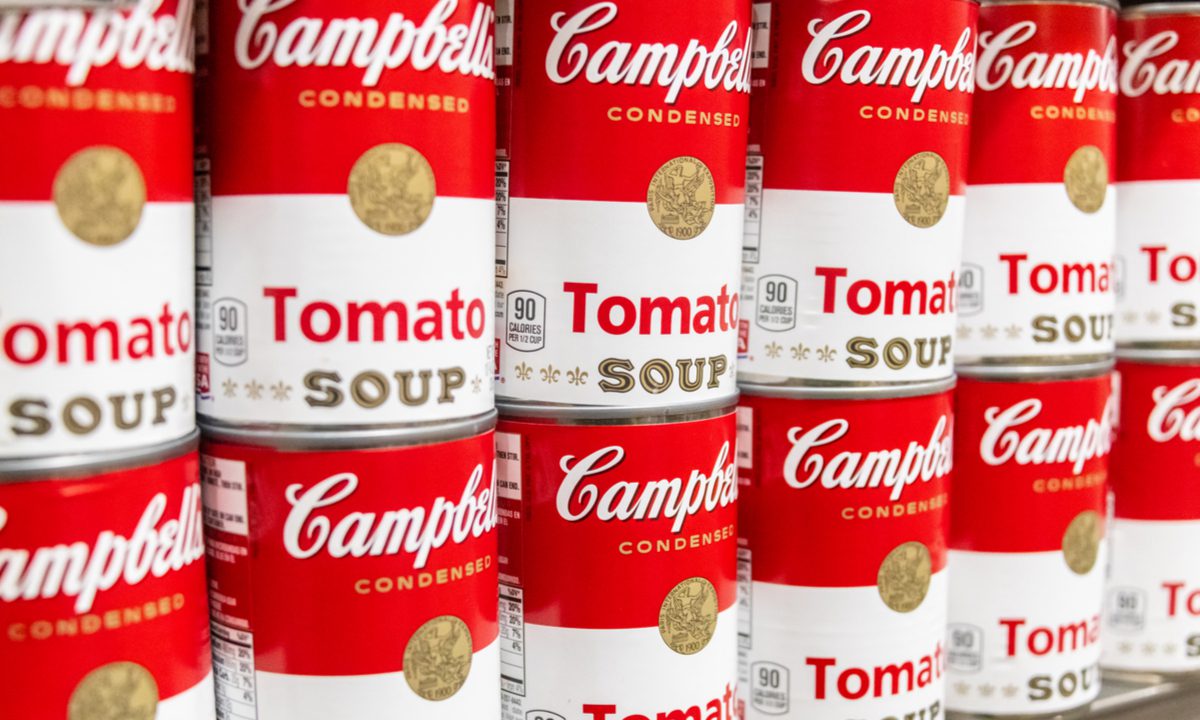Campbell: Consumers Reluctant to Spend More Than 20 Minutes Cooking

As consumers seek to save on both money and time, prepared meals are gaining ground.
Campbell Soup Company, parent of its self-titled brand as well as a range of other popular food and beverage companies, including Pepperidge Farm and Swanson, is noting that consumers may be preparing more of their meals at home, but they are spending less time cooking.
On a call with analysts Wednesday (March 8) discussing the company’s second quarter FY2023 financial results, CEO Mark Clouse spoke to this trend.
“Over 80% of meals are being prepared in home. That’s about 400 basis points higher than it was in a pre-COVID world. … What’s different than COVID now, though, is that the focus on those in-home meals revolve around both value and time to prepare,” Clouse said. “So the magic numbers on dinner are 20 minutes and the magic number on lunch is 10 minutes on speed, and that’s where our categories really land well, as well as being a great value.”
These findings show both the impacts of the pandemic and of economic pressures, with more consumers working remotely at least some of the time than pre-COVID and with many seeking more budget-friendly alternatives to dining out.
Research from PYMNTS’ study “How The World Does Digital: Different Paths To Digital Transformation,” which draws from data collected from more than 30,000 individuals across 11 countries in August and September, found that 44% reported working online remotely in the previous 30 days.
Plus, that share is even higher in the United States. PYMNTS’ “12 Months of the Connected Economy” report, which drew from surveys of more than 33,000 U.S. consumers, found that, by the end of 2022, 58% of consumers worked remotely at least some of the time.
Yet, this does not mean consumers have had the time to cook complex meals from scratch. There has increasingly been a trend towards quicker, easier food options. Berlin-based multinational meal kit provider HelloFresh, for instance, noted on its earnings call Wednesday that it is seeing more growth in its prepared food offerings than its typical kits.
“From an order perspective, we expect Ready-To-Eat to be the biggest source of order growth in 2023,” HelloFresh CFO Christian Gärtner said, adding that the company will be opening new facilities and expanding capacity.
Similarly, meal kit company Marley Spoon noted in its earnings report in late January that consumers are moving “towards valuing the convenience aspect of online ordering,” prompting them to seek out easier options.
Additionally, major grocer Kroger noted the opportunity to reach convenience-seeking consumers, offering “ready-to-eat restaurant-quality meals,” CEO Rodney McMullen noted on a recent earnings call, as “more customers gravitated toward affordable meal solutions.”
In fact, research from PYMNTS’ study, “Digital Economy Payments: Consumers Buy Into Food Bargains,” which drew from a July survey of nearly 2,700 U.S. consumers, found that 37% of consumers bought prepared food on their most recent grocery trip, up 7 points from the 30% of consumers who had done so back in November 2021.

